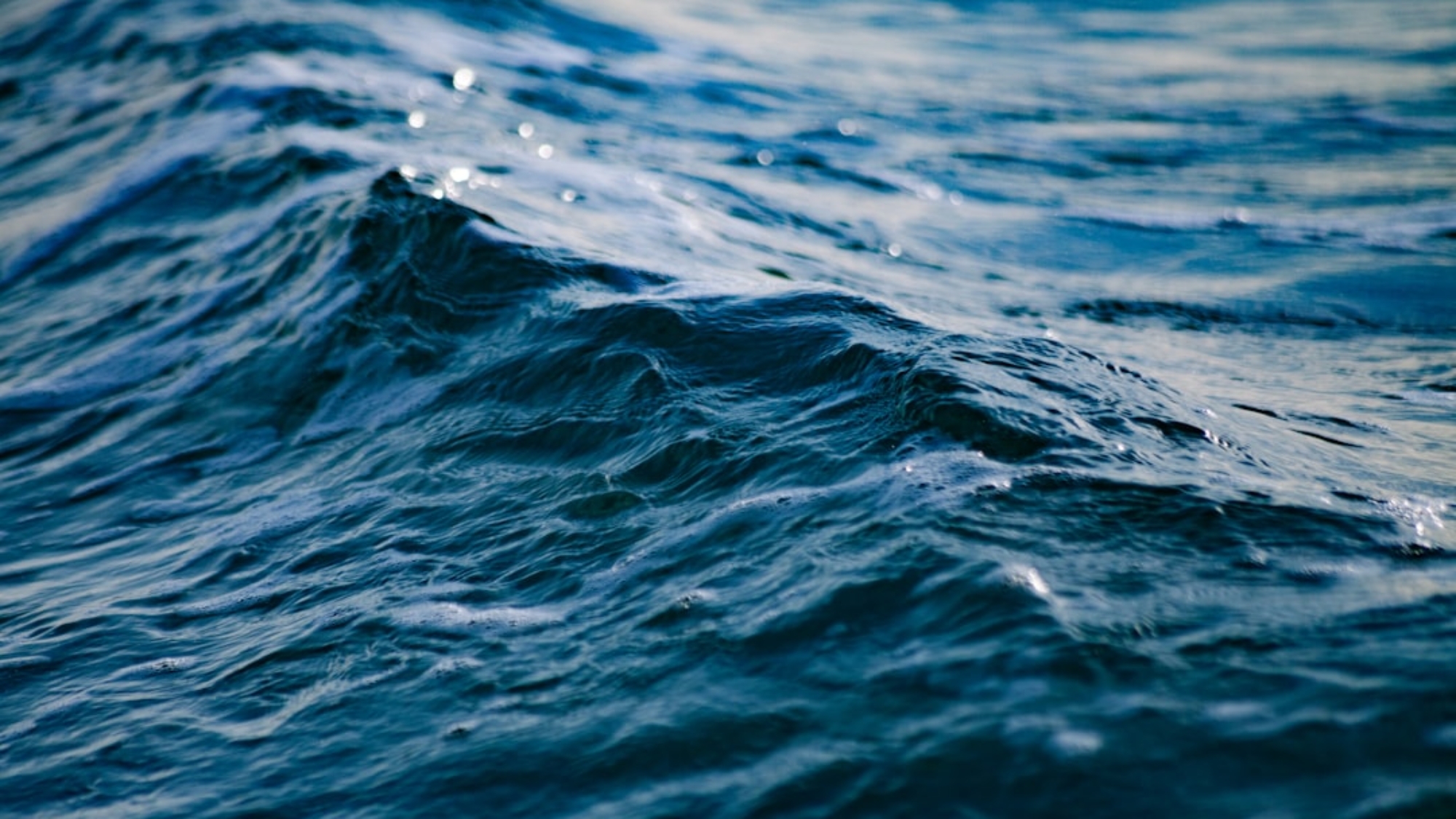Water damage is a common and costly problem that many homeowners and property owners face. Whether it’s from a flood, a leaky pipe, or a burst pipe, water damage can cause significant damage to your property if not addressed promptly and properly. Understanding the causes of water damage and the restoration process is crucial for minimizing the damage and ensuring the safety and integrity of your property.
Understanding the Causes of Water Damage
There are several common causes of water damage that homeowners should be aware of. One of the most obvious causes is flooding, which can occur due to heavy rain, storms, or natural disasters. Another common cause is leaks, which can be caused by faulty plumbing, roof leaks, or even appliance malfunctions. Burst pipes are also a major cause of water damage, especially during the winter months when pipes can freeze and burst.
The effects of water damage on your property can be devastating. It can lead to structural damage, mold growth, and even health hazards. Water can seep into walls, floors, and ceilings, causing them to weaken and deteriorate over time. Mold can also start to grow within 24-48 hours of water exposure, which can lead to respiratory issues and other health problems if not properly addressed.
Initial Assessment: Identifying the Extent of the Damage
When faced with water damage, it’s important to take immediate action and assess the extent of the damage. This involves inspecting the affected areas and determining the source of the water damage. It’s crucial to hire a professional for an accurate assessment, as they have the expertise and equipment to identify hidden damages that may not be visible to the naked eye.
During the initial assessment, professionals will also determine the category and class of water damage. Category refers to the level of contamination in the water (clean water, greywater, or blackwater), while class refers to the extent of the damage (localized, whole room, or whole property). This information will help guide the restoration process and determine the appropriate techniques and equipment needed.
Safety Precautions: Protecting Yourself and Your Property
During the water damage restoration process, it’s important to prioritize safety. This involves taking certain precautions to protect yourself and your property. One of the first steps is to turn off the electricity and gas to prevent any potential hazards. Water and electricity do not mix, so it’s crucial to ensure that all power sources are turned off before entering the affected areas.
It’s also important to wear protective gear, such as gloves, goggles, and masks, to protect yourself from any potential contaminants or mold spores. Standing water can also pose a slip and fall hazard, so it’s important to exercise caution when walking on wet surfaces. If the water damage is extensive or if there are any structural concerns, it’s best to evacuate the property and wait for professionals to assess the situation.
Water Extraction: Removing the Excess Water
Once the initial assessment and safety precautions have been taken, the next step in the water damage restoration process is water extraction. This involves removing the excess water from the affected areas to prevent further damage and promote drying. There are several techniques for water extraction, including using pumps, wet vacuums, and dehumidifiers.
The importance of quick water removal cannot be overstated. Standing water can seep into walls, floors, and furniture, causing further damage and promoting mold growth. By removing the excess water as soon as possible, you can minimize the extent of the damage and prevent costly repairs down the line.
Drying and Dehumidification: Restoring Optimal Humidity Levels
After water extraction, the next step is drying and dehumidification. This involves removing any remaining moisture from the affected areas to restore optimal humidity levels. This is crucial for preventing mold growth and further damage to your property.
There are several techniques for drying and dehumidifying, including using air movers, dehumidifiers, and fans. These tools help circulate the air and remove moisture from the affected areas. It’s important to monitor the humidity levels throughout the drying process to ensure that they are within the recommended range.
Cleaning and Sanitizing: Eliminating Bacteria and Mold
Once the affected areas have been dried and dehumidified, the next step is cleaning and sanitizing. This involves removing any bacteria, mold, or other contaminants that may have been present due to the water damage. It’s important to use appropriate cleaning solutions and techniques to ensure that all surfaces are thoroughly cleaned and sanitized.
Cleaning and sanitizing are crucial for preventing mold growth and ensuring the safety of your property. Mold can start to grow within 24-48 hours of water exposure, so it’s important to address any potential mold issues as soon as possible. Professional restoration companies have the expertise and equipment to effectively clean and sanitize the affected areas.
Structural Repairs: Fixing Damaged Walls, Floors, and Ceilings
Water damage can cause significant structural damage to your property. Once the affected areas have been dried, dehumidified, and cleaned, the next step is to repair any structural damages. This may involve fixing damaged walls, floors, ceilings, or even replacing damaged materials.
Common structural damages caused by water damage include warped or buckled floors, sagging ceilings, and crumbling walls. It’s important to hire professionals for structural repairs, as they have the expertise and experience to properly assess and fix any damages. They can also ensure that all repairs are done in compliance with building codes and regulations.
Electrical Inspection: Ensuring Safety and Compliance
After water damage has occurred, it’s important to have an electrical inspection done to ensure safety and compliance. Water can damage electrical systems and pose a serious safety hazard if not properly addressed. A professional electrician can inspect the electrical systems, identify any potential issues, and make the necessary repairs or replacements.
It’s important to never attempt to turn on the electricity or make any repairs yourself after water damage. Water and electricity do not mix, and attempting to do so can result in serious injury or even death. Always leave electrical inspections and repairs to the professionals.
Restoring Your Property: Rebuilding and Replacing Damaged Items
Once the water damage restoration process is complete, the next step is to restore your property by rebuilding and replacing any damaged items. This may involve replacing flooring, drywall, furniture, or other damaged materials. It’s important to work with professionals who have experience in property restoration to ensure that all repairs and replacements are done properly.
Restoring your property after water damage is crucial for returning it to its pre-loss condition and ensuring its long-term integrity. It’s important to document all damages and keep records of any repairs or replacements for insurance purposes.
Preventing Future Water Damage: Tips for Maintenance and Preparedness
While it’s impossible to completely prevent water damage, there are several steps you can take to minimize the risk. Regular maintenance is key in preventing water damage. This includes inspecting your plumbing system, roof, and appliances for any potential leaks or issues. It’s also important to clean gutters and downspouts regularly to ensure proper drainage.
Being prepared for water damage emergencies is also crucial. This includes having a plan in place for what to do in case of a flood or leak, as well as having emergency contact information readily available. It’s also a good idea to invest in flood insurance if you live in an area prone to flooding.
Understanding water damage and its restoration process is crucial for homeowners and property owners. By understanding the causes of water damage, taking immediate action, and following the proper restoration steps, you can minimize the damage and ensure the safety and integrity of your property. Remember to always prioritize safety and consult with professionals for accurate assessments and repairs.
FAQs
What is water damage?
Water damage refers to any damage caused to a property or its contents due to the intrusion of water. This can be caused by various factors such as floods, leaks, burst pipes, and storms.
What are the common signs of water damage?
Some common signs of water damage include water stains on walls or ceilings, musty odors, warped or buckled flooring, peeling paint or wallpaper, and visible mold growth.
What is Techy’s step-by-step recovery process for repairing water damage?
Techy’s step-by-step recovery process for repairing water damage involves assessing the extent of the damage, removing any standing water, drying out the affected area, cleaning and disinfecting the area, and repairing or replacing any damaged materials.
What equipment is needed for repairing water damage?
Equipment needed for repairing water damage includes dehumidifiers, air movers, moisture meters, infrared cameras, and cleaning and disinfecting agents.
Can water damage be prevented?
Water damage can be prevented by regularly inspecting and maintaining plumbing systems, ensuring proper drainage around the property, and taking precautions during storms or floods. It is also important to address any leaks or water damage as soon as possible to prevent further damage.


